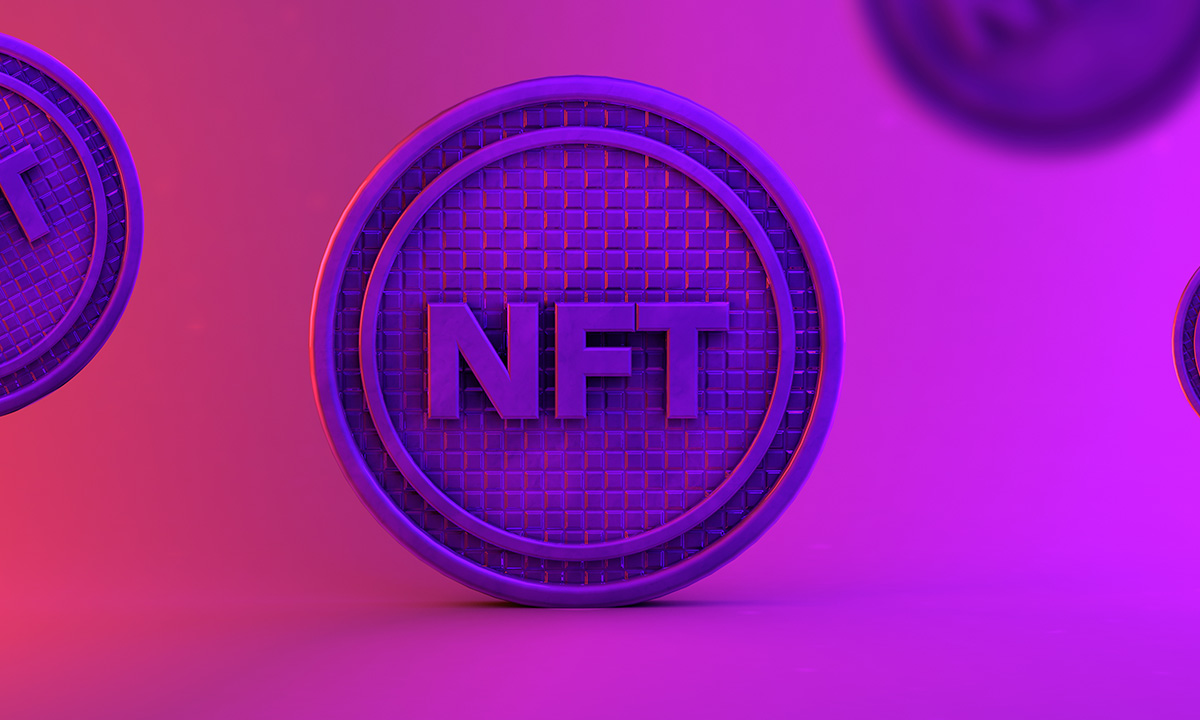Non-fungible tokens (NFTs) have become a popular digital asset class in recent years, as investors and collectors alike have begun to see the potential to earn substantial returns on their investments. In this guide, we’ll take a look at what NFTs are, the benefits of collecting them, and best practices for getting started.
What are Non-Fungible Tokens (NFTs)?
Non-fungible tokens (NFTs) are unique digital assets that are stored on a blockchain. Unlike cryptocurrencies, which are completely fungible, each NFT is unique and has its own distinct characteristics. NFTs are typically used to represent ownership of digital art, collectibles, music, and other digital content.
NFTs are created using smart contracts, which are self-executing digital contracts stored on the blockchain. These smart contracts allow NFTs to be tracked and traded on the blockchain, enabling users to buy, sell, and trade them.
NFTs are also used in gaming, where they are used to represent in-game items such as weapons, skins, and armor. These NFTs can be bought and sold on the open marketplace like OKX.com, allowing gamers to monetize their in-game items.
Benefits of Collecting NFTs
There are a number of benefits to collecting NFTs, including the potential for long-term gains, diversifying your portfolio, and being able to own unique digital assets.
- NFTs have the potential to generate significant returns over time. While the market for NFTs is still in its early stages, some investors have seen significant returns on their investments in recent years. As the market matures, it’s likely that these returns will only increase.
- Collecting NFTs can help boost and alternate your portfolio. While investing in traditional stocks and bonds may still be the best way to generate long-term gains, NFTs offer a unique way to diversify your investments and potentially create returns that are not correlated with the stock market.
- Collecting NFTs also allows you to own unique digital assets that are not available in any other format. This makes them attractive to collectors, as they can be sure that their collection is entirely unique.
NFTs vs. Cryptocurrencies
It’s essential to understand the differences between NFTs and cryptocurrencies. While cryptocurrencies such as Bitcoin, Ethereum, and Litecoin are all digital currencies, they are all completely fungible. This means that one Bitcoin is the same as any other Bitcoin, and they are all interchangeable.
On the other hand, NFTs are completely non-fungible, meaning that each NFT is unique and has its own characteristics. This makes them attractive to collectors, as it allows them to own unique digital assets that are not available in any other form.
NFT Collectors & Communities
There are a few great resources to check out for those looking to get involved in the NFT community.
- Several subreddits are dedicated to NFTs, such as r/NFTs and r/NFTInvesting. These forums are a great way to connect with other NFT collectors and stay up to date on the latest news and events.
- Many online communities are dedicated to NFTs, such as the Nifty Community, the NFT Collectors Club, and the NFT Collectors Alliance.
- There are a number of events and conferences dedicated to NFTs, such as the NFT Summit and the NFT Creators Conference. These events are a great way to meet other NFT collectors and learn more about the industry.
Conclusion
Non-fungible tokens (NFTs) have become a popular digital asset class in recent years, offering investors and collectors the potential to earn substantial returns on their investments. In this guide, we’ve taken a look at what NFTs are, the benefits of collecting them, and best practices for getting started.






